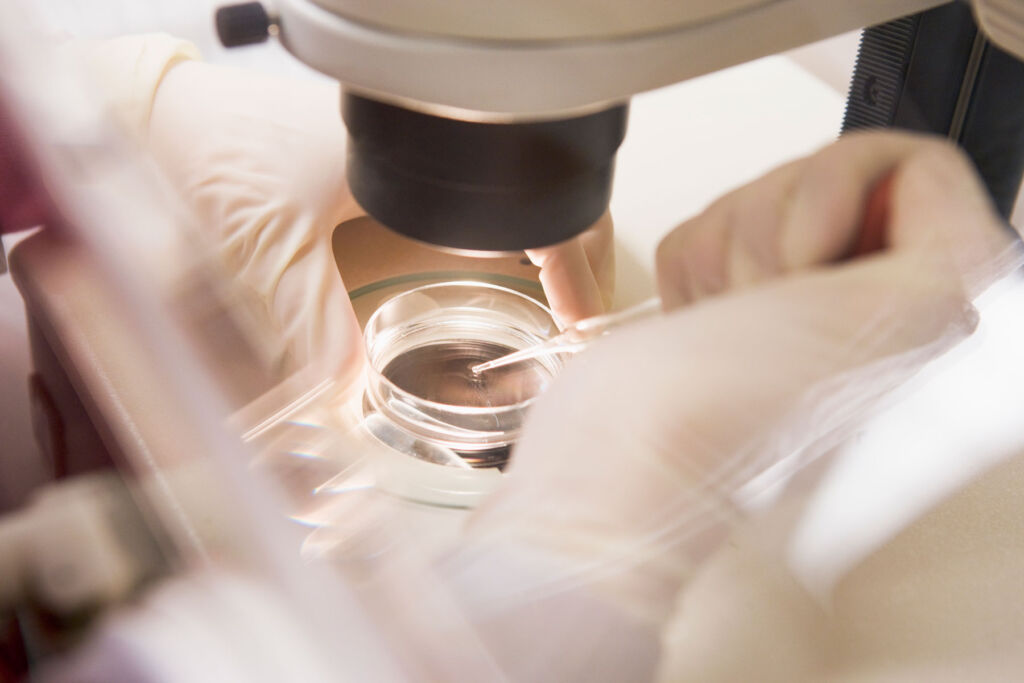
The personalised medicine industry is growing, and Bioprinting is one of the key technologies behind it. Below, Vidmantas Šakalys, CEO of Vital3D, a biotech company that specialises in 3D bioprinting solutions, explains the relationship between personalised medicine and Bioprinting and discusses its potential and future.
In 2022, the personalised medicine industry was valued at around $538.93 billion, which was driven by novel drug discoveries and the increase in diseases such as cancer and cardiovascular conditions. Come 2030, the industry’s market value is projected to be around $922.72 billion (7.20% CAGR).
Even with this projected growth, questions will remain about exactly how and when the future of personalised medicine will unfold. One technology that sheds light on these questions and paved the way for personalised medicine to become a reality is 3D bioprinting.
How Bioprinting Advances Personalised Treatment
Bioprinting is a method of creating three-dimensional structures layer-by-layer out of bio-inks made from living cells. For personalised medicine, this technology can be used to accelerate and improve drug testing, leading to the development of patient-specific treatment plans.
“By using a patient’s cells to create tissue models and organoids, scientists can test how a patient will respond to certain drugs,” says Vidmantas Šakalys, CEO of Vital3D, a biotech company that specialises in 3D bioprinting solutions.
“This method can help specialists create highly personalised treatment plans to reduce the risk of adverse drug reactions and improve treatment outcomes.”
Bioprinting can also be used to improve implants and prosthetics. By leveraging precise CT or MRI scans, bioprinters can produce scaffolds that match the exact shape and size of a patient’s bone or cartilage defect.
“These customised implants can integrate with the patient’s tissue and enhance the healing process,” Šakalys explains, adding that such innovations can also significantly reduce recovery times.
Lastly, bioprinting is helping put personalised drug delivery systems on the horizon. As Šakalys describes it, “a bioprinted scaffold embedded with chemotherapy drugs can be implanted at a tumour site to provide localised and controlled drug release, minimising side effects and improving efficacy.”
The advancements in these areas demonstrate that personalised medicine is not a distant fantasy but a reality that is steadily approaching.
Mainstream adoption within two decades?
It is difficult to say exactly when personalised medicine will become standard practice and readily available, but Šakalys predicts that the industry will significantly advance within the next decade.
“Within five years, various proof of concepts will appear in the area of personalised medicine, with clinical trials taking another 5-8 years,” he says. “In all, I would predict it will take 10-20 years for today’s concepts to reach mainstream medicine.”
All of this depends, however, on the establishment of adaptive and flexible regulatory frameworks as well as advanced manufacturing and healthcare facilities. “Key measures like fast-track approval processes, risk-based regulatory approaches, and robust informed consent processes will be vital,” Šakalys says.
“Additionally, specialised bioprinting centres, quality control laboratories, and integrated healthcare facilities will be necessary to support the quality and efficiency of these next-generation medical advancements.”
Ensuring accessibility of personalised medicine
Along with the anticipated benefits of personalised medicine comes the question of accessibility. In other words, will personalised medicine be a luxury, or can it transform healthcare for everyone?
“Ensuring that personalised medicine is accessible will require targeted policies and initiatives,” Šakalys says.
“Governments can provide subsidies and financial assistance programs to make personalised medicine more affordable for lower-income groups. Regulatory authorities can also mandate insurance coverage for genetic testing and personalised therapies to bridge the gap between different socioeconomic groups.”
The potential benefits of accessible, personalised medicine are wide-ranging. “Reducing the burden of disease through personalised medicine can lead to economic benefits, through increased productivity and reduced healthcare costs.”
By targeting treatments based on individual needs, it is possible to reduce the prevalence of chronic diseases and improve life expectancy across all socioeconomic groups. The tailored approach of personalised medicine can help eliminate the current costly trial-and-error process that burdens both patients and healthcare systems.![]()




You must be logged in to post a comment.